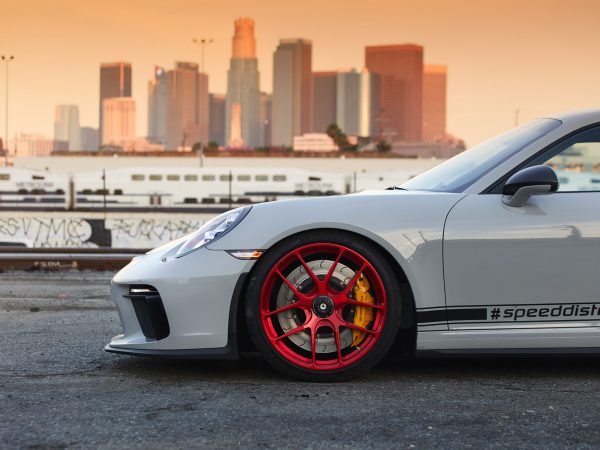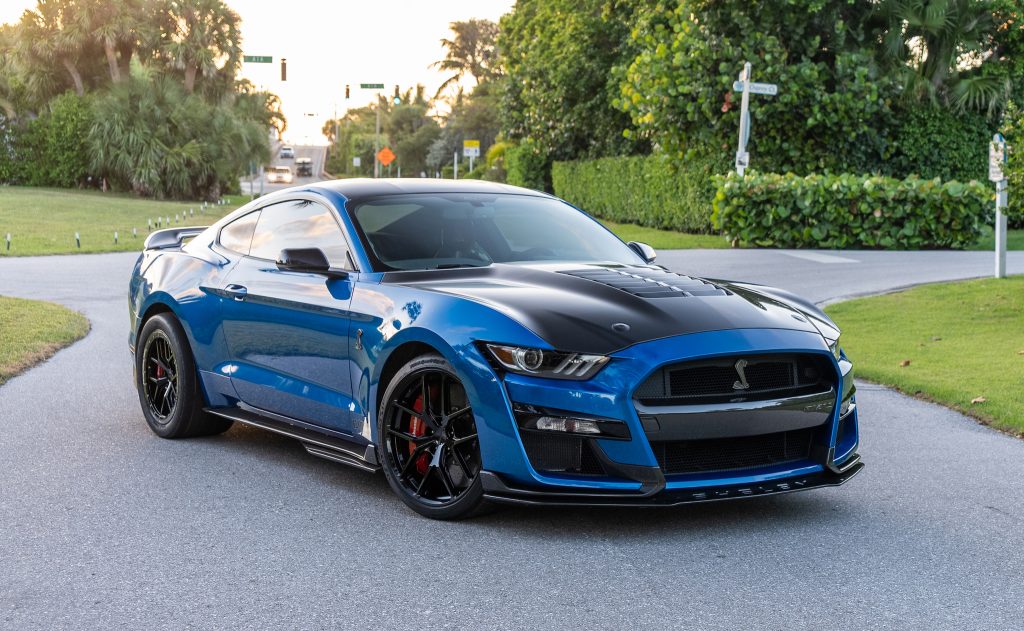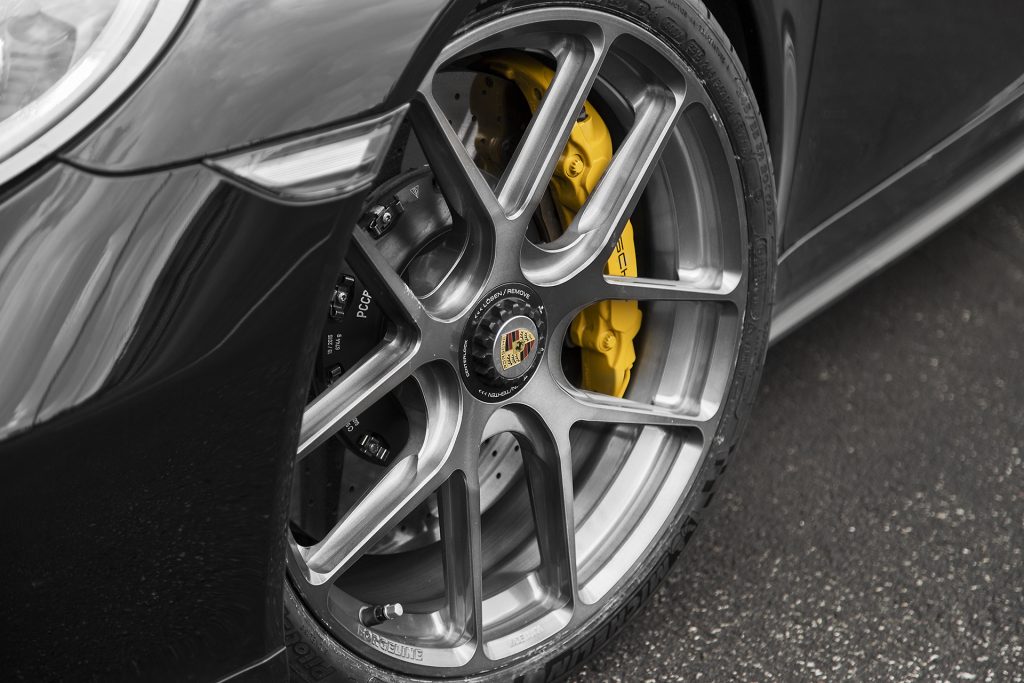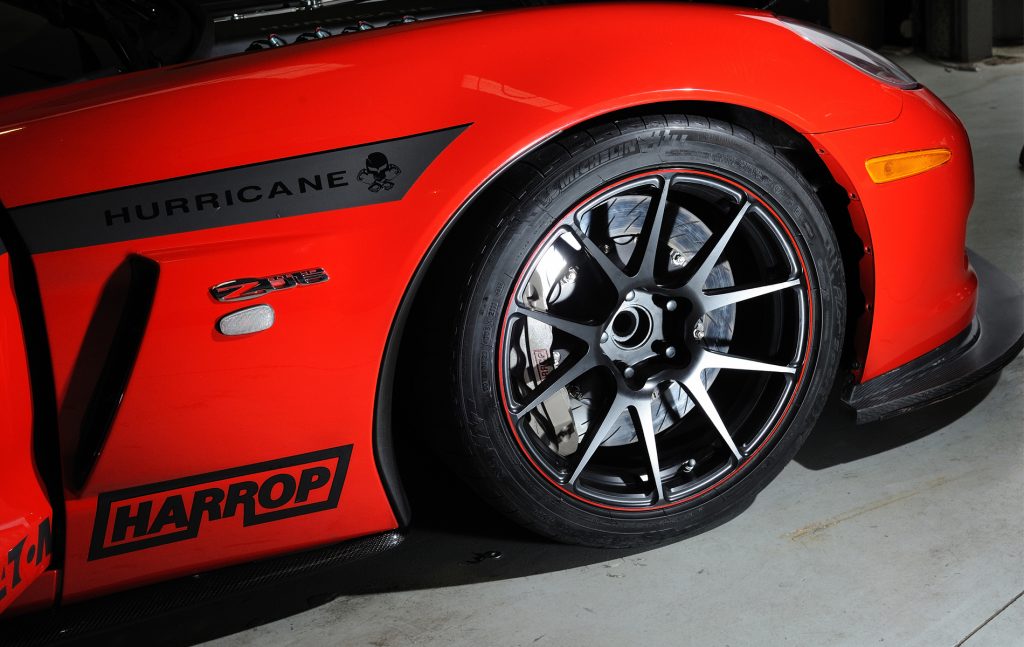30
May

Style, handling and performance car additions come in the thousands. Some live up to the promise of delivering more driving fun, more speed and a vehicle that turns heads. Wheels fall squarely into this category. They’re some of the first parts gear buffs choose. They can completely transform a mundane ride void of steering feel, add more substance with better turning and braking response, and a better connection to the road. And they can liven up a tired-looking machine, with better visuals.

If you’re looking for aftermarket wheels for sale, then consider what you’re getting for your cash. Even cheap aftermarket wheels are better made than what’s currently on the car, offer more strength to deal with less-than-perfect roads, and boost performance. That same set can also make you a better driver. Spend a little more, and you’re looking at serious real-world advantages:

Unless your car is still rolling on steel wheels, aluminium alloys are the main materials in modern wheel designs. The material is lighter, of near or equal strength with steel variants, and can be worked and machined easily into different types. It stacks up well in most daily driving scenarios, aptly dealing with bumps, potholes and road debris. Choose anodised 6061 aluminium for higher strength, good resistance to corrosion, heat and general wear.
If money isn’t an issue, then magnesium wheels (or mags for short) are another good choice. Race-spec mags are even lighter than aluminium variants, substantially stronger to deal with higher cornering forces and dissipate heat better for improved braking performance. The only downside is that the material is more brittle, so it is not ideal for street use.

Prices are mainly determined by how performance wheels for sale are made. Cast wheels are the cheapest option. The process involves casting molten metal into a pre-formed mould, letting the liquid solidify and then machining the wheel to get the end product. This produces wheels of decent strength and in a variety of designs, but with more material, they’re also heavier.
Flow-forming is similar, but uses a cast wheel spun around a mandrel to ensure uniformity, higher strength and wheels that are lighter. This is down to the use of increased pressure and heat. These are slightly costlier than regular cast alloys but are considered by many as the entry option for light racing.
For the best results, go with forged wheels. Forging consists of a single piece of metal formed under extreme pressure and heat, then rolling the wheel, and machining it to remove excess material. The process produces much lighter wheels but with better grain configuration for superb strength and durability. The work and time involved in making forged alloys mean these are the most expensive variants. For racing or track use, these are the ones to go for.

Compatibility and sizes are some of the main things to consider when sourcing aftermarket car parts, regardless if these are alloys or performance-spec exhaust systems. Sizes refer to overall diameters, ranging from extra-small 13 inches to outsized 23 behemoths, like those you’ll see in souped-up SUVs. Wheel widths or thickness is another factor, ranging from 5 to 13 inches. Consider the space in the wheel arches, and the tyres you’re going with to ensure that the combo doesn’t look out of place.
Additionally, consider fitment or compatibility with the wheel hubs. Here, look for the correct bolt arrangement (or PCD). This means the number of bolts and the spacing in millimetres between them. Typical examples are wheels with a 4x100mm or 5x120mm PCD. Lastly consider wheel offset, or the distance between the mounting surface and the geometric centre of the wheel. Positive offset refers to wheels with mounting surfaces toward the front face of the wheel, and negative offset is typical in wheels with mounting surfaces toward the rear. The first type is found in many 4WDs, and the second in cars with rear-wheel drive setups.